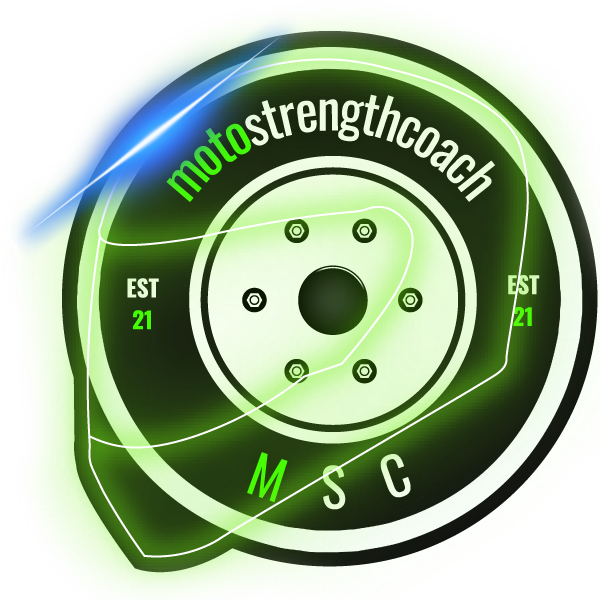The mass of a motorcycle is the sum of its component parts, the weight of all the systems, materials, and features which make up the bike.
The mass of a motorcycle is the sum of its component parts, the Weight of all the systems, materials, and features that make up the bike.
To put this simply, it’s the weight of everything on and in your motorcycle. Regardless of whether you choose to call it mass or weight, knowing how heavy
Your bike will help you decide what modifications can be made and what Sort of riding your motorcycle is suitable for.
Motorcycle mass is important as it’s one of the prime factors in how a motorcycle moves and handles, especially when braking, accelerating, and cornering.
As we’ve said, mass is a factor in every aspect of a bike’s performance and handling.
The centre of gravity affects the balance of the motorcycle’s handling.
The weight is a factor in braking, acceleration, and cornering. In fact, weight is such an important factor is that it affects all three aspects at once. If you’re cornering hard and need to brake or accelerate suddenly—which can happen if you make an error or overtake
Added weight makes it harder to do both because it increases your tendency to lose traction. Lighter motorcycles will avoid this problem by allowing the wheels greater freedom to cope with sudden changes.
The weight distribution of a motorcycle dictates many aspects of handling and performance.
The weight distribution of a motorcycle affects its handling and performance in various ways. A low centre of gravity, for example, is beneficial for handling and stability. If a bike’s weight is distributed evenly from the front to the back, or if it’s slightly more front-heavy than rear-heavy, that generally aids balance.
The latter scenario also has advantages for braking a heavier front end that keeps the bike more stable during hard braking, allowing a rider to brake later and harder into corners than he or she could with a heavily rear-weighted bike.
Calculating the amount needed to lift a motorcycle on its side
Determining the amount of leverage needed to lift your motorcycle might seem difficult, but it’s quite simple. You can do this by calculating the amount needed to lift a motorcycle with a luggage scale.
There are three steps to this calculation:
- Determine your motorcycle’s weight.
The most accurate way to do this is by weighing it on a large platform scale at a service station or rest area, though you can also use a smaller luggage scale or simply estimate based on the manufacturer’s published weight specification. If necessary, make sure that any accessories such as saddlebags or extra fuel tanks are included in your estimate as well. - Determine the centre of gravity (CG).
This is located just behind where your knees would be when you are seated on top of the bike and should be marked for later reference. It’s OK if you’re not sure about this; just get as close as possible and adjust depending on how easy/difficult it is to balance yourself while lifting later during Step 3 (below). - Calculate leverage
Measure from CG to ground level along the horizontal axis (looking down at the bike) then divide the result by stand width at the base point where one leg meets the other leg at the bottom edge–this will give us our ratio which we’ll use in next step!Divide number 2 above multiplied by 2 because we need twice as much force then what would normally be required due to off-centre load applied through lifting arm length -then multiply all together
[number 1 x number 2 divided by number 3 squared].
This will tell us exactly how much leverage we need when applying forces into lifting arm lengths so that our stands don’t tip over from side loads being applied off-centre.



